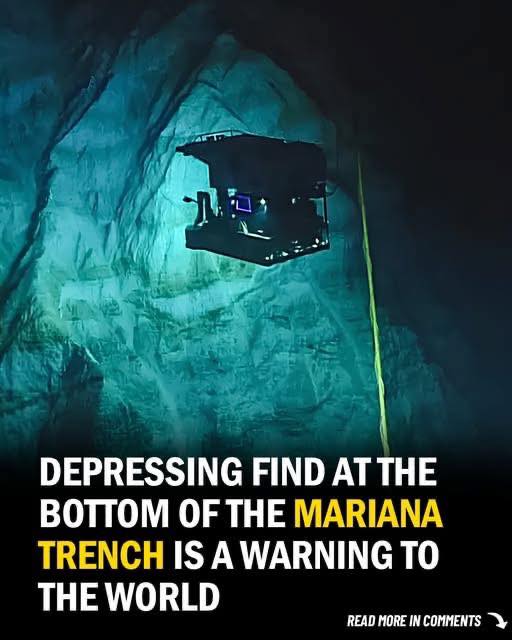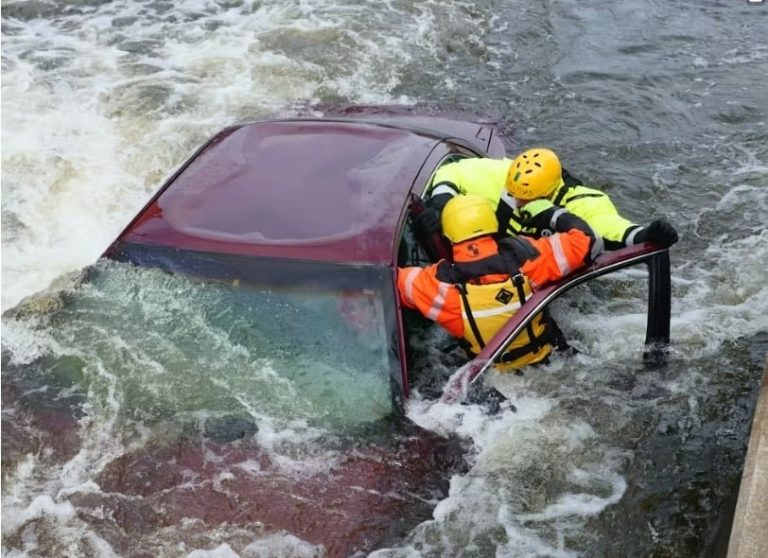Depressing find at the bottom of the Mariana Trench is a warning to the world
**Plastic Reaches Earth’s Deepest Point**
The Mariana Trench, Earth’s deepest oceanic trench, was once thought pristine—but scientists have found plastic waste even here. A discarded plastic bag discovered at the bottom serves as a grim reminder of humanity’s far-reaching pollution.
**A Fragile Ecosystem at Risk**
Despite its extreme depth, the trench hosts diverse marine life, including corals and deep-sea creatures. Tragically, research shows 17% of documented deep-sea plastic interacts with wildlife, entangling or being ingested by vulnerable species.
**The Single-Use Plastic Crisis**
Plastic bags and other disposable items dominate ocean pollution. Studies reveal 89% of plastic in the trench is single-use—products briefly used but persisting for centuries in marine environments.
**How Plastic Reaches the Abyss**
While the trench seems remote, human activity is the clear culprit. 20% of ocean plastic comes from ships, while 80% washes from land—especially via polluted rivers in densely populated regions. Abandoned fishing gear also contributes significantly.
**The Microplastic Threat**
Over time, plastics break into microplastics that sink through the water column. These particles carry chemical pollutants, potentially contaminating even the deepest ecosystems and their inhabitants.
**A Global Wake-Up Call**
This discovery underscores the urgent need for action. Solutions include reducing single-use plastics, improving recycling, and enforcing stricter waste management policies worldwide.
**Time for Change**
The trench’s plastic bag is more than litter—it’s a symbol of our unsustainable habits. Protecting oceans requires immediate, collective effort before irreversible damage occurs. Our choices today will determine the sea’s future.






